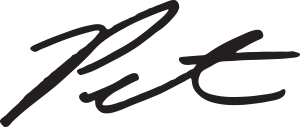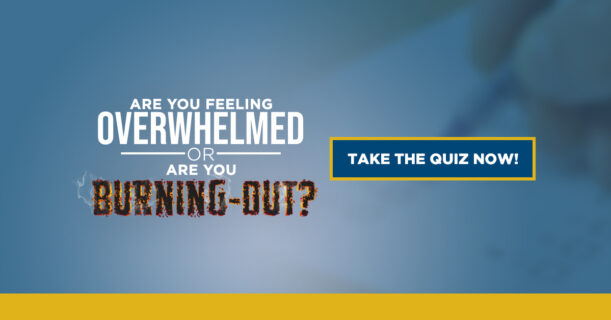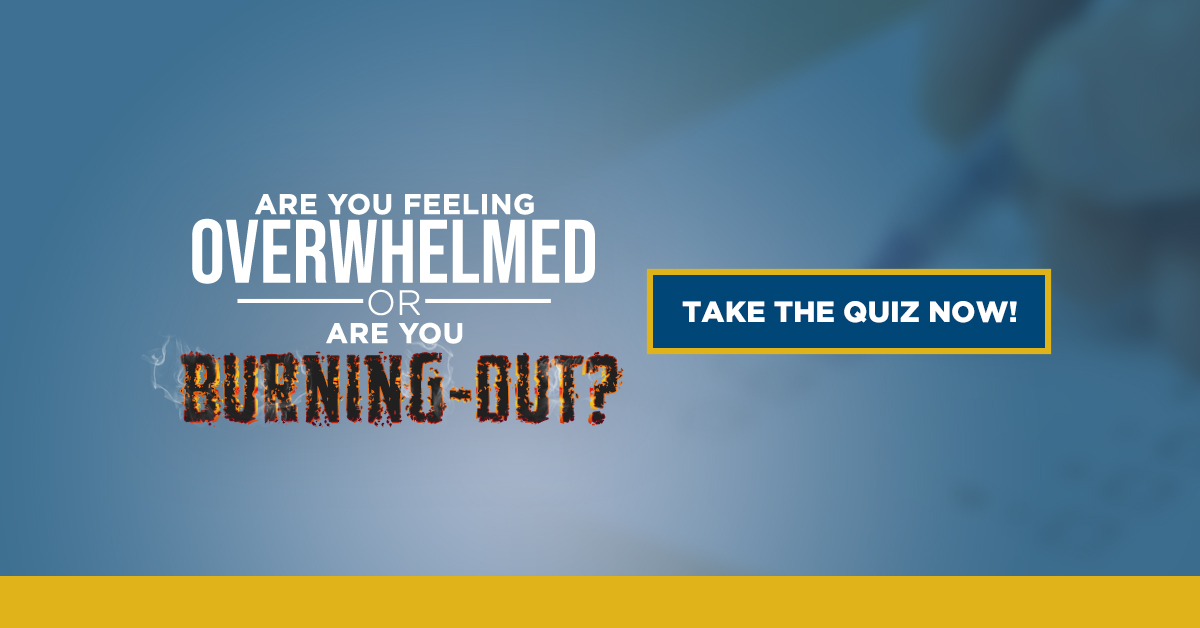Know What You Want to Be
Your Brand Part 2: Know What You Want to Be
What do you want to be?
The rules and the opportunity:
You can be what you want, but you can’t be something you’re not.
We can only be ourselves, but that doesn’t mean we can’t become more.
The path to realizing our ideal brand as an individual and as an organization is the same. The steps involve knowing who you are, what you want to be, how others perceive you, and designing a strategy to make the ideal real.
Steps to become more aware of how others perceive us was presented as Part 1 of this series, and we will close the series with how to realize our ideal brand in Part 3.
Knowing “who we are” is a process related to finding our greater purpose as we progress toward living a full life.
Both this process and knowing what we want to be brand-wise, however, begins with self-discovery.
Self-Discovery
For many of us, self-discovery involves getting acquainted (or reacquainted) with ourselves.
This is another case of where our uncontrolled busyness and our near constant focus on external success works against us.
Self-discovery includes the following steps:
- Valuing ourselves, with and without career accomplishments and accolades,
- Valuing our time,
- Creating margin (i.e., routine quiet time and space without disruption and devices),
- Using margin to routinely inventory, reflect, journal, and chart our life and its trajectory, and
- Identifying any gaps between what we actually and what we want to represent and stand for.
Self-discovery is as much a mindset as it is action, and requires both humility and courage.
Humility – The world will go on without us… and without our products and services. It has done so since the beginning of time.
We just need to value the opportunities we have to make a difference for the people and the things we care about.
Being humble is about perspective. Being humble allows us to be comfortable with the fact that there are wonders and circumstances in this life that we will never fully understand or be able to control.
A truly humble mindset is freeing. We don’t need to take ourselves too seriously.
We don’t need to dwell on the past or be locked-in on preserving the present.
With humility, we can live each day grateful for what we have and be open to new possibilities and growth. Even if it is all “stripped away”, the truly humble among us will be able to rise again much faster than otherwise.
Humility also makes us better leaders by allowing us to connect with others at levels deeper than our position, authority, and achievements.
“Humility is integral to all effective leadership, including the ability to lead ourselves.”
-Peter C. Atherton
The ability to value our greater-self also makes it easier to value and protect our time. Humility allows us to see time as both finite and essential for creating the impact we desire.
Courage – For many of us, it takes courage to establish and enforce margin in the face of others’ expectations. There will always be demands for our time. There will always be “good” things to do or urgent matters to address. It takes courage to migrate from “good and urgent” to “better and important”.
Courage is also necessary to take a true inventory of our lives and honestly assess our gaps. We often are masters at excuses and rationalizing our situations to maintain the easy or the more familiar.
Taking a true inventory of where we stand, can include answering the following:
- Are we still learning, developing, and growing personally and professionally?
- Are we making a difference and inspiring others?
- Have our past goals and interests matured, and now less exciting?
- Are we at or approaching “the peak”… but yet still looking for more?
- Are we living beyond what we once considered a “peak” and now unfulfilled and disengaged?
If we answered “no” to the first two questions or “yes” to any of the last three, do we have the courage to dig deeper, to figure out why, and then to take corrective action?
Organizational Discovery
This approach to self-discovery can also work for organizations searching for a brand identity.
From an organizational perspective, “valuing ourselves” is realizing that, although essential, we are more than just the bottom-line and our past success, and that we provide valuable goods and services, jobs, and opportunities to those we serve both inside and outside of the office.
“Valuing our time” is migrating away from responding to “yesterday’s fires” and the today’s “urgent” toward doing what’s important.
“True leadership finds a way to work out of the ‘all-the-time-urgent’ and into the important and the strategic.”
-Peter C. Atherton
“Creating margin” is a commitment to open and reflective strategic planning and progress checks.
Effectively “using margin and identifying gaps” can be accomplished through appropriate and meaningful mission, vision, and values statement generation; strengths, weaknesses, opportunities, and threats (SWOT) analyses; and demography, economy, government, environment, society, and technology (DEGEST) analyses.
The true inventory questions for where we stand with respect to our culture and internal and external positioning include:
- Do we offer excitement and growth or burnout and disengagement?
- Do we inspire and retain or conform and turnover?
- Do we innovate and differentiate or commoditize and compete?
With humility and courage, and without excuses or rationalizations that only serve to maintain the status quo, do we have a culture that attracts, a presence that inspires… and are we positioned for the future we want?
Our brand is our promise to ourselves and to others. Personally, professionally, and organizationally, do we have an identity we want to keep, or do we want to be something more?
Part 3 of this series outlines the actions we can take to begin to realize our ideal brand.
To your winning,

PS – Are you or your team feeling overwhelmed, or are you burning out? There is a big difference and each requires a different approach. Take this FREE quiz to find out where you stand and learn exactly how you can get back on track with two FREE reports by clicking HERE.
PSS – Ready to also enhance your leadership, management, employee engagement, and simultaneously increase your impact by design? Check out our Fast Start Programs.
PSS2 – Check out too the AEC Leadership Today Podcast designed exclusively for leaders who want to stay relevant and effective and help their firms grow and prosper >> HERE!

Pete Atherton
About the Author
Peter C. Atherton, P.E. is an AEC industry insider with over 30 years of experience, having spent more than 24 as a successful professional civil engineer, principal, major owner, and member of the board of directors for high-achieving firms. Pete is now the President and Founder of ActionsProve, LLC, author of “Reversing Burnout. How to Immediately Engage Top Talent and Grow! A Blueprint for Professionals and Business Owners”, and the creator of the I.M.P.A.C.T. process.
Pete is also the host of The AEC Leadership Today Podcast and leads The AEC Leadership Mastermind.
Pete works with AEC firms to grow and advance their success through modern and new era focused strategic planning, executive coaching, leadership and management team development, performance-based employee engagement, and corporate impact design. Connect with him through the contact link below.


